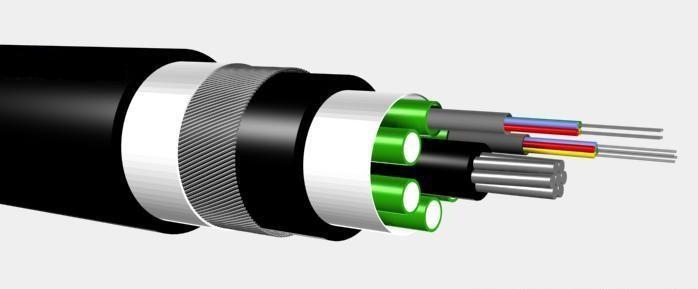
Wired networks are network connections that use physical cables or wired infrastructure to transmit data between devices and across networks.
These cables provide a stable and reliable means of communication, making wired networks suitable for various applications, from local area networks (LANs) within homes and businesses to large-scale data centers and the internet backbone.
What is a wired network?
Ethernet is the most common wired networking technology for LANs. It uses twisted-pair copper cables (e.g., Cat 5e, Cat 6) to connect devices in a local area network. Ethernet offers high data transfer rates and is used in homes and businesses.
Fiber-optic cables use light signals to transmit data. They offer extremely high bandwidth, low latency, and are immune to electromagnetic interference. Fiber-optic networks are often used for long-distance data transmission, internet backbones, and high-speed connections between data centers.
Coaxial cables (coax cables) are commonly used for cable television (CATV) networks and broadband internet connections. They provide higher bandwidth than twisted-pair cables but are not as fast as fiber-optic cables.
Coaxial cable is a common electrical cable used for transmitting signals like cable TV, satellite TV, and surveillance camera feeds. It has a central conductor, insulating layer, metallic shield, and outer insulation.
Coaxial cables resist interference and are versatile for various applications, including broadcasting, internet access, and security systems.
What is the maximum cable length for a coaxial cable network?
Ethernet cables are used for wired internet connections and local networks. Common types include Cat5e, Cat6, Cat6a, and Cat7. They have RJ-45 connectors and use color-coded wires. They provide fast and reliable network connections, with various lengths available
Ethernet cables come with or without shielding. Shielded cables have additional protection against interference and are suitable for environments with potential electromagnetic interference (EMI).
Fiber optic cables are high-speed data transmission cables that use light pulses to send data. They offer fast data transmission, immunity to electromagnetic interference, and minimal signal loss over long distances.

Which type of signal is used in fiber optic networks?
What is the main disadvantage of fiber optic networks?
Wired Ethernet connections are common in homes and businesses, connecting devices like computers, printers, and servers.
Data centers use wired connections, often fiber-optic, to interconnect servers and storage devices, providing high-speed and low-latency communication.
The core of the internet relies on wired connections, especially high-speed fiber-optic links that connect data centers and network nodes.
Coaxial cables are used to deliver cable television and broadband internet services to homes and businesses.
Wired networks are used in industrial environments to connect and control machines, sensors, and automation systems.
Schools and universities often use wired LANs to provide internet access and network resources to students and staff.
Wired connections are highly reliable and less susceptible to interference, making them suitable for critical applications.
Wired connections typically provide consistent and stable data transfer rates without the variability associated with wireless networks.
Wired networks are more secure by nature, as they are harder to intercept or hack compared to wireless signals, which can be intercepted from a distance.
Wired networks generally have lower latency (delay) compared to wireless networks, which is important for real-time applications like online gaming and video conferencing.
Wired connections offer higher bandwidth potential compared to wireless, making them ideal for data-intensive tasks and large file transfers.
In densely populated areas with many wireless devices, wireless networks can suffer from congestion. Wired networks are less affected by this issue.
What is the main advantage of wired networks over wireless networks?
Cables have limited reach, which can be impractical for large spaces
Installing wired networks, especially in existing buildings, can be complex and labor-intensive. It often involves drilling holes, running cables through walls or ceilings, and configuring connectors, which can disrupt the physical environment and be time-consuming.
The cost of purchasing, installing, and maintaining the physical cabling infrastructure can be higher compared to wireless networks. This includes the cost of cables, switches, routers, and the labor required for installation.
Wired connections restrict the mobility of devices. Devices must be physically connected to a network port or socket, making it impractical for mobile devices like smartphones and tablets. Users must stay within the cable's reach.
Wired networks require ongoing maintenance. Cables can become damaged, connectors can corrode, and switches or routers may need firmware updates or replacements. Maintenance tasks can be disruptive and costly.